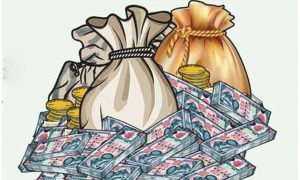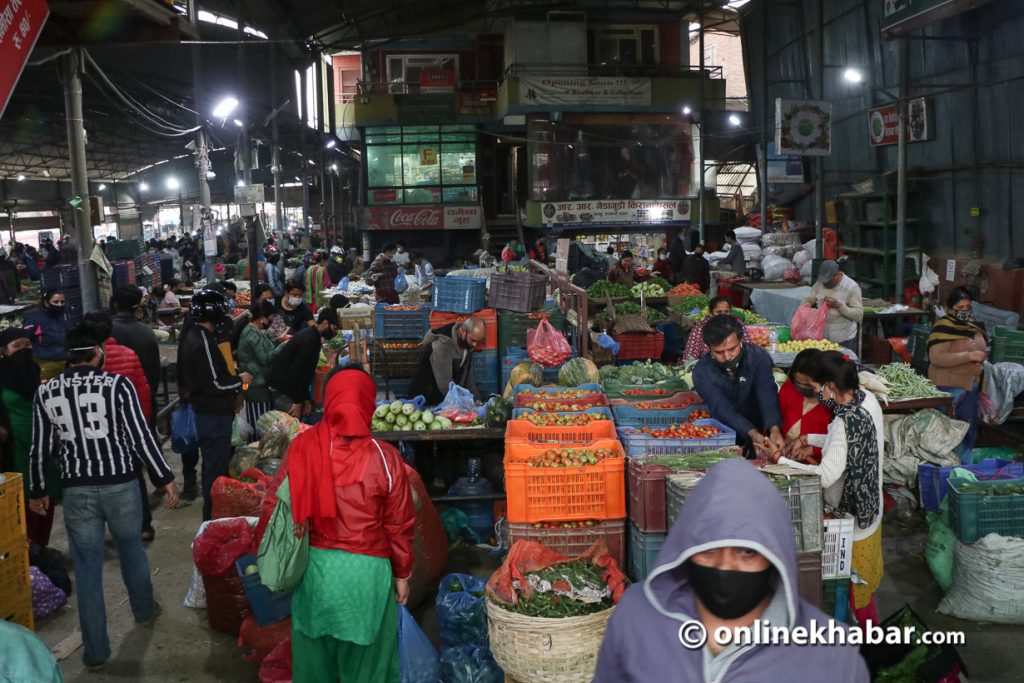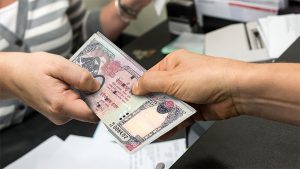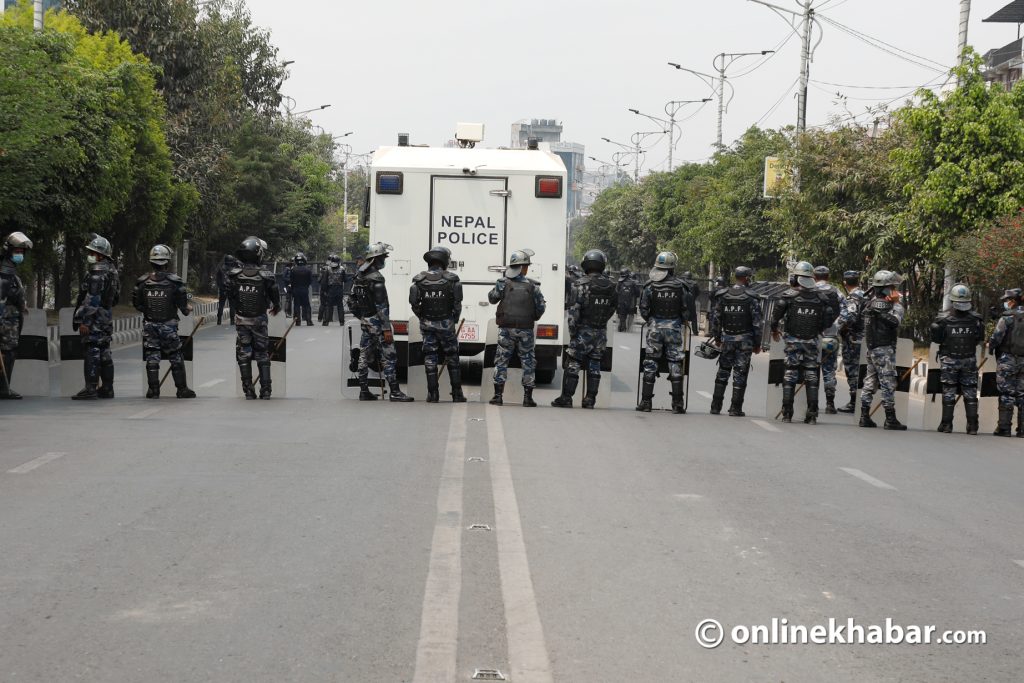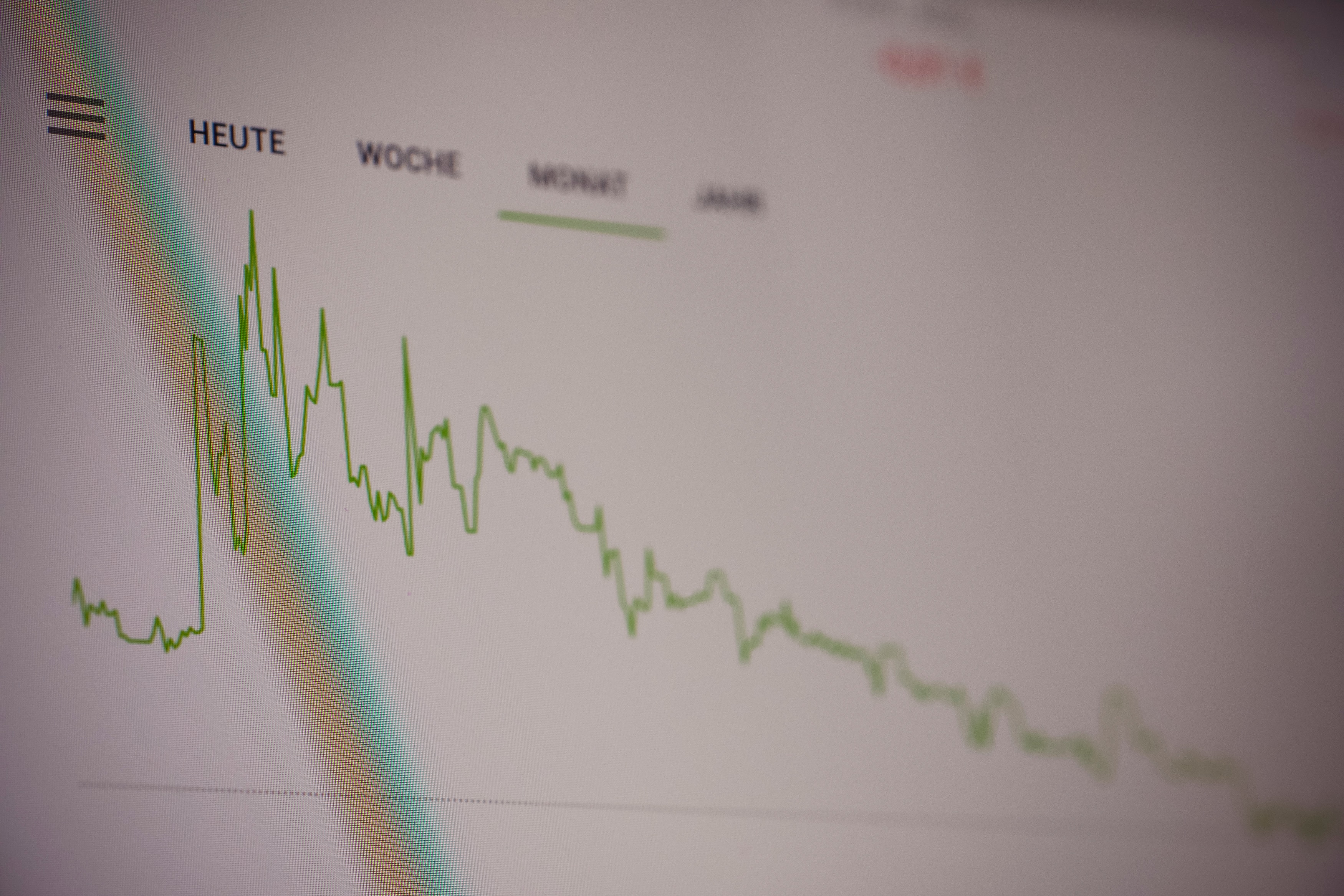
Nepal Rastra Bank publishes updated details of various economic indicators every month which shows the state of the country’s economy.
Based on the data released by the apex bank on Sunday, Onlinekhabar has attempted to present a snapshot of the economy in 10 graphs.

In the fiscal years 2021/22 and 2022/23, inflation which was 8 per cent and 7.5 per cent respectively, dropped to 5 per cent in the first seven months of the current fiscal year.

The contraction in the country’s export trade, which commenced in the last fiscal year 2022/23, persists. However, there has been a slight decrease in the rate of contraction

The trend of declining business in exports is mirrored in imports as well. Even in the first seven months of the current fiscal year, imports have decreased by 2.3 per cent.

Remittances have surged while imports and exports have contracted. Compared to mid-January last year, remittances have increased by 22 per cent in the same period this year.

The decline in imports and the rise in remittances have affected the balance of payments. In the first seven months of this year, the balance of payments has turned positive by Rs 298 billion.

Foreign exchange reserves are also on a continuous rise. As of mid-January, Nepal’s foreign exchange reserves stand at USD 13.89 billion, which can cover 12.3 months of goods and services.

However, foreign investment remains disappointing. Until the fiscal year 2021/22, FDI over Rs 19 billion were received annually. However, only Rs 7.77 billion were received in the last fiscal year, and a mere Rs 5.19 billion were received in the first seven months of the current fiscal year.

The amount of money Nepalis spend abroad for travel and education has increased significantly. By mid-February 2023, Rs 69.89 billion were spent under this category, whereas this year it has reached Rs 105 billion during the same period.

In the current financial year, bank interest rates have been continuously decreasing. In mid-January, the average weighted interest rate of commercial banks’ loans dropped to 11.08 per cent. This is lower than the pre-Covid levels of 2018/19.

Despite the decrease in interest rates, credit expansion remains sluggish. By mid-Februday, credit to the private sector had only expanded by 5.4 per cent. During the Covid period, it had increased by 26 per cent.




